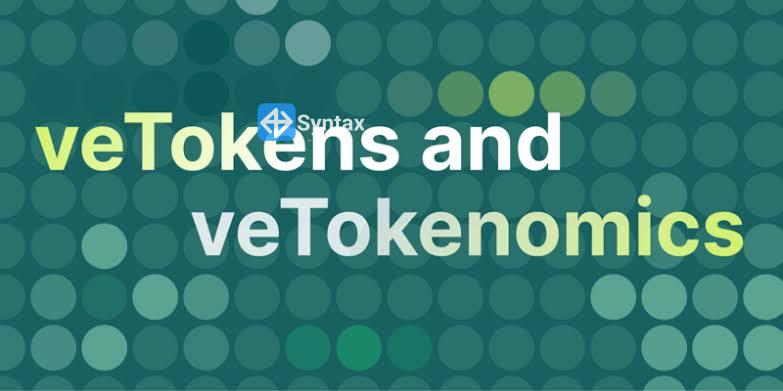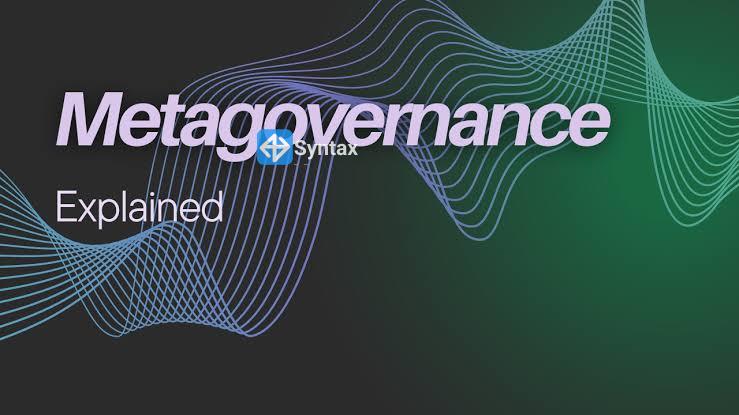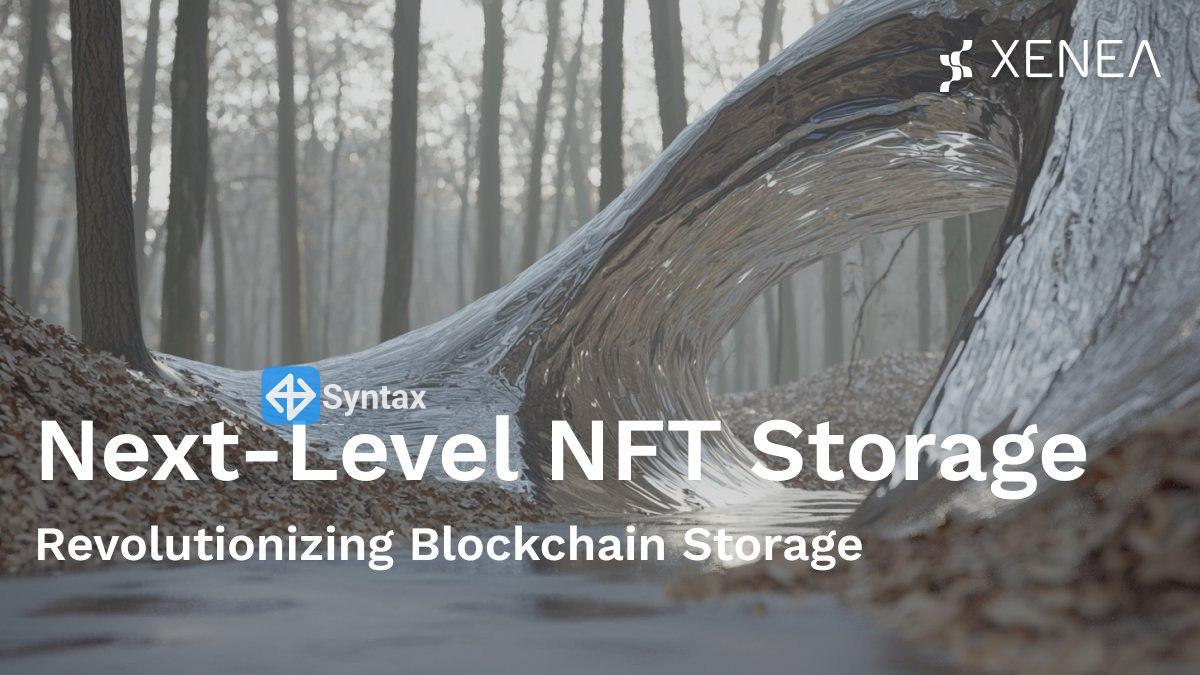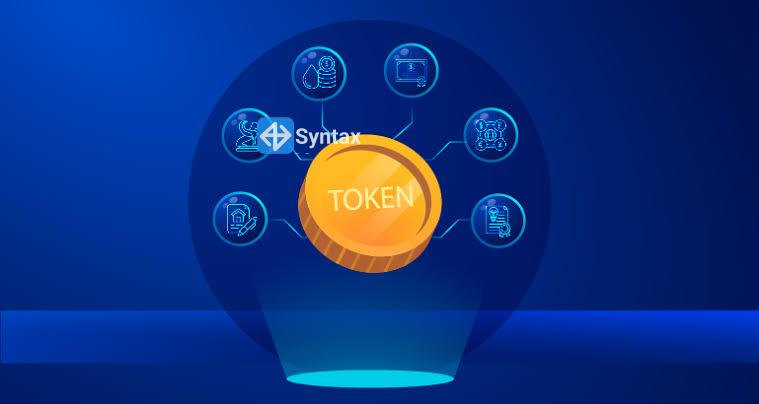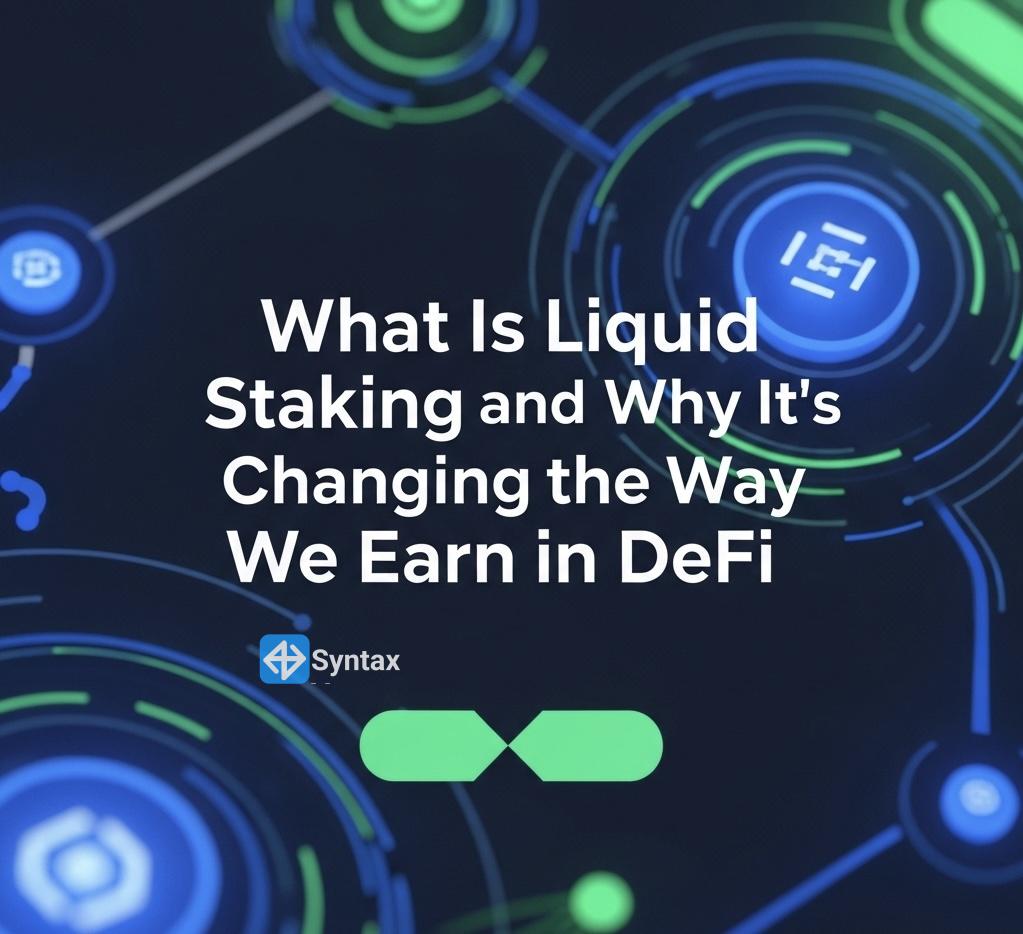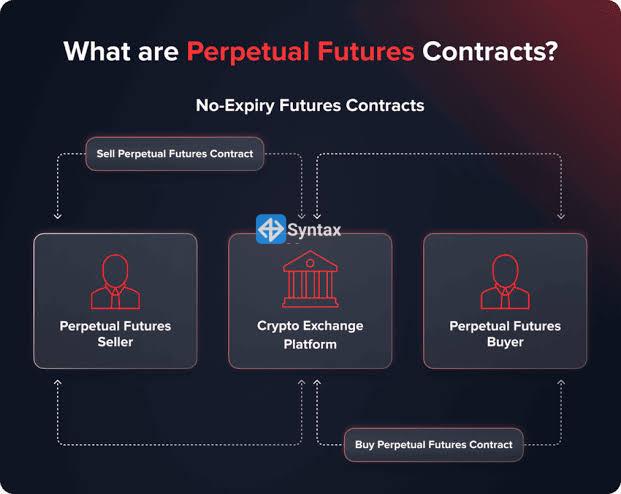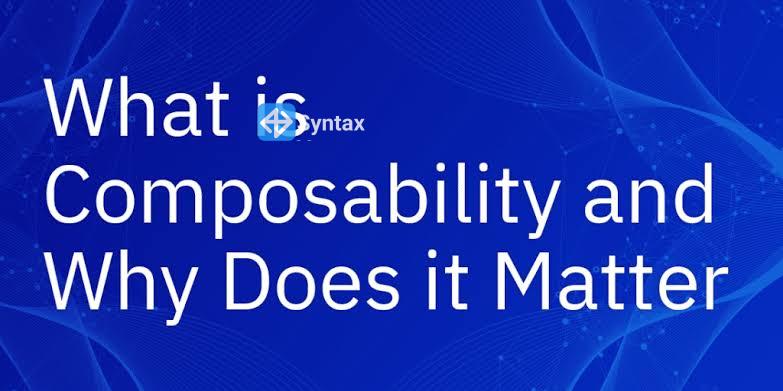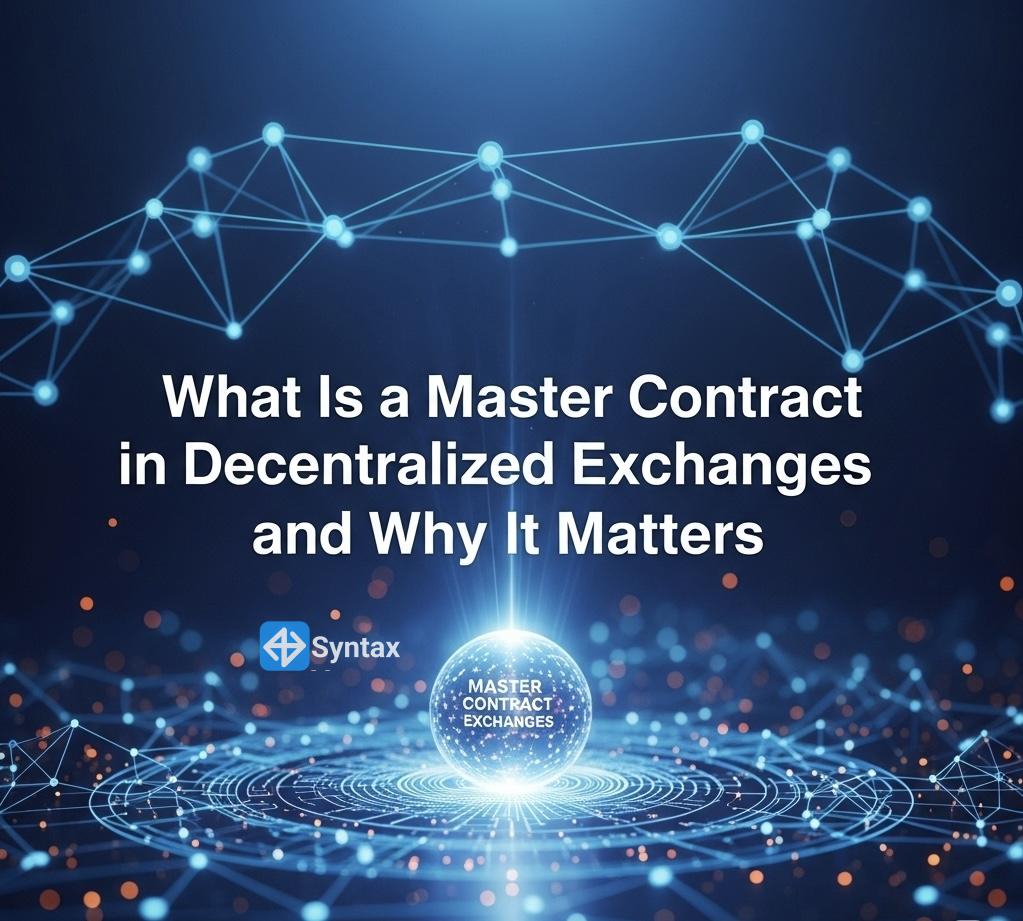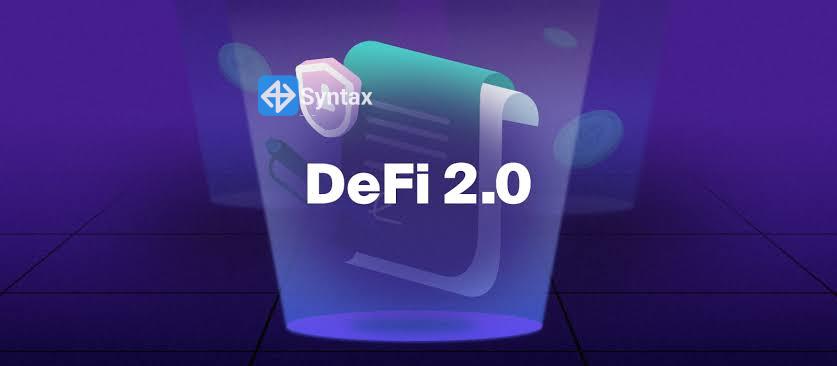When exploring any cryptocurrency or token, one of the most important numbers you’ll see is the circulating supply. It might look like a simple figure at first, but it actually plays a huge role in a token’s price, market cap, and investor perception.
So, what exactly is circulating supply? And why does it matter so much in the crypto space? Let’s break it down.
What is Circulating Supply?
Circulating supply refers to the total number of coins or tokens of a cryptocurrency that are currently available and actively circulating in the market. These are tokens that users can buy, sell, trade, or hold in wallets.
It does not include:
- Locked tokens held by the development team
- Tokens reserved for future use or vesting
- Tokens burned (permanently removed from circulation)
For example, a project may have a total supply of 1 billion tokens, but if only 300 million have been released into the public market, the circulating supply is 300 million.
Why Circulating Supply Matters
1. It Affects Price Perception
A coin with a lower circulating supply often appears more “scarce,” which can create a sense of higher value. This perception can affect how people buy or hold tokens.
2. It Directly Impacts Market Cap
Market cap is calculated using:
Circulating Supply × Current Price
This means even if a token’s price is low, a high circulating supply can give it a large market cap and vice versa. It helps compare the size and impact of different projects.
3. It Reflects True Market Activity
Circulating supply shows what’s actively being traded. Unlike total supply or max supply, it tells you how much of the asset is really “in play” right now which helps assess liquidity and demand.
4. It Signals Unlock Risks
If a project has a low circulating supply but a large total supply, it may mean that more tokens will be released in the future. This can cause price drops when those tokens enter the market.
Circulating vs Total vs Max Supply
Here’s a quick comparison:
- Circulating Supply: Available now in the market
- Total Supply: All tokens that have been created, including locked ones
- Max Supply: The maximum tokens that can ever exist (if capped)
Understanding the difference is crucial when evaluating a token’s potential value, inflation risk, or future supply impact.
Before investing in any token, make sure to check its circulating supply and compare it with total and max supply. It could reveal whether you're getting in early or stepping into a market that’s about to flood with tokens.



